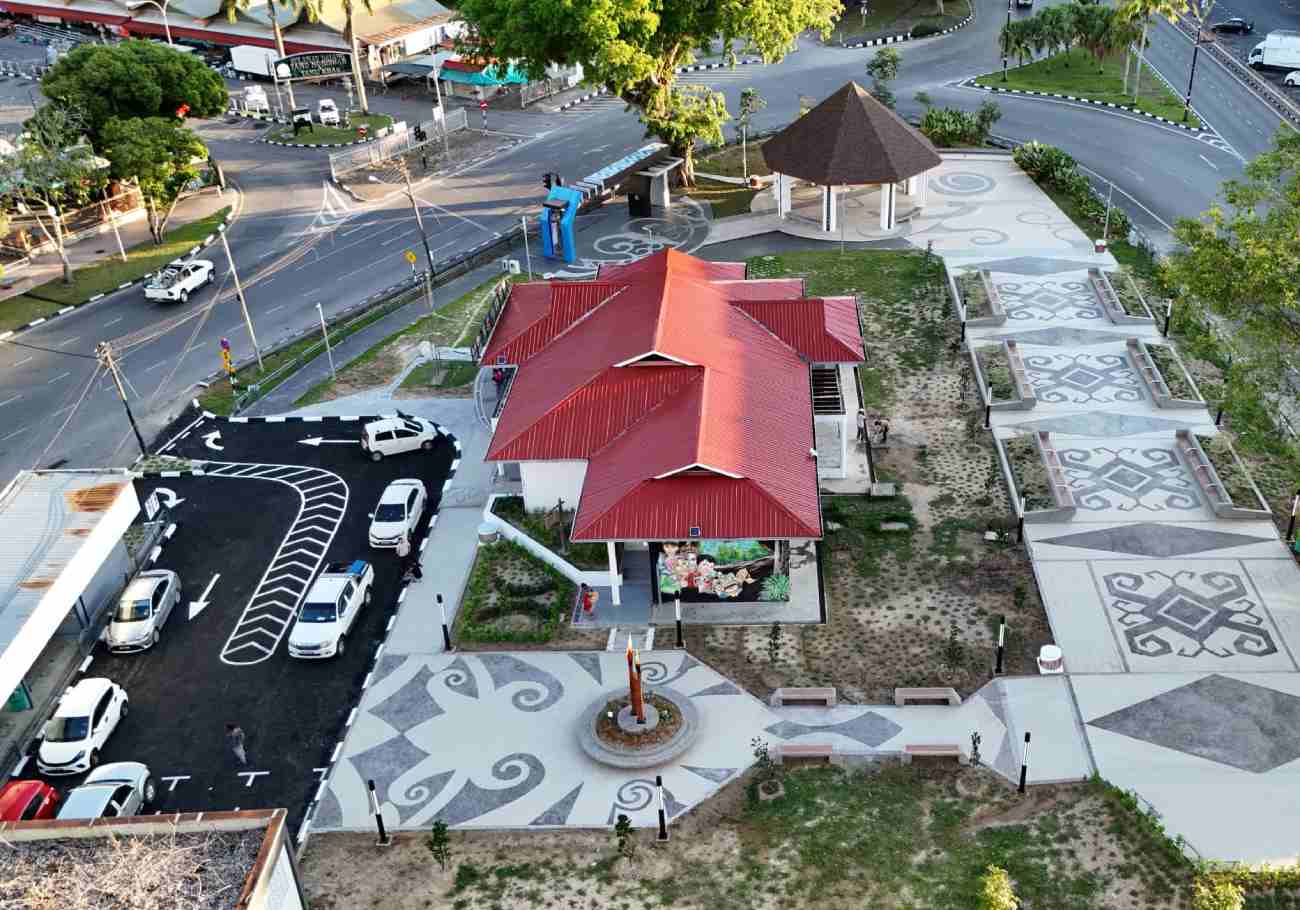The residents of Batu Estate will today attempt once more to get Kuala Lumpur City Hall (DBKL) to postpone the eviction order it has served on them.
The deadline for the residents to move out is March 3. They also seek to postpone the demolition of their homes. The hard reality is that a resolution to the decades-old land tussle is no-where in sight.
Even if DBKL accedes to the residents’ demands, both they and the landowners, Mayland Sdn Bhd, must then embark on another round of negotiations to break the current deadlock.
However, both the residents and developer are not budging from their respective positions.
Mayland legal counsel, Syed Attila Aidid, has said a new letter of offer was delivered to the residents on February 17 (which the latter claim to have received on Feb 23).
The terms of compensation remain unchaged: RM30,000 for residents, RM10,000 for squatters, and low-cost flat under DBKL’s People’s Housing Programme (PPR) at another location.
The offer was not well-received by the residents, who have been pressing for a low-cost house to be built for them where their current homes, formerly workers’ quarters, now stand.
Here, below, is a chronology of events:
1978: Semantan Estate sells a number of its land holdings in and around Segambut to Sri Hartamas Properties Sdn Bhd, one of which is Batu Estate.
1981: Sri Hartamas Properties Sdn Bhd, Semantan Estate Sdn Bhd, and the estate workers, sign a tripartite agreement, the salient terms of which are:
* That the residents will have the option of becoming contract workers for Sri Hartamas, and continue living on the land, while tapping rubber.
* Sri Hartamas must include low-cost houses as part of its development plan, under which every estate worker will have the option to purchase. The estimated value of each house in 1981, is RM 15,000.
* Semantan would compensate each estate worker with RM500.
* Semantan would contribute RM800 to each estate worker who took up the option of purchasing a low-cost house, towards the down-payment for the house.
* Sri Hartamas would give the workers a RM 1,500 discount each on a house.
* In the event that Sri Hartamas intended to develop the estate quarters, the workers would be provided with temporary accommodation.
1981-1999
During this period, Sri Hartamas does not pay the residents as contract workers as stipulated in the agreement above, who would do odd jobs to support their families.
The low cost houses are not built.
Nesa Co-Operative Sdn Bhd, a private entity then chaired by S. Subramaniam of the MIC, steps into scene and provides the residents aid.
The residents now claim to have passed Nesa a number of documents pertaining to the tripartite agreement between Semantan, Sri Hartamas and the residents, to Nesa officials for safekeeping, including the original tripartite agreement.
Some residents claim that the RM800 down-payment was then transferred to Nesa for safekeeping.
After some of the first-generation of estate workers pass away, a few families move out, and their houses are occupied by squatters.
1998-2000
Sri Hartamas Properties Sdn Bhd merges with a Hong Kong-based developer.
The company is then sold again, and after a change in its corporate structure, Mayland Development Sdn Bhd emerges.
2000-2001
The residents now claim that a group of DBKL officers collected every household’s contact details with a view to prepare an agreement for the low-cost houses that was promised by Sri Hartamas.
Later, DBKL officers issue eviction notices to the residents, using the information obtained.
In the eviction notice, DBKL refers to Order 89, which is normally used to evict squatter settlements.
The residents appeal to then-MIC president S Samy Vellu for help.
The residents now claim that Vellu had pledged that his nephew, SP Muthu Veloo, would take up their case.
Veloo obtains a court injunction to prevent the demolition of the homes of the residents and former estate workers.
Mayland contests the injunction.
2003
The High Court rules in favour of the residents, finding that they are estate workers and not squatters, and thus they cannot be evicted under Order 89.
The court further rules that a full hearing should be held in order to determine the compensation demands made by the residents.
The residents cannot locate the original tripartite agreement.
Dec 2009
Mayland reported to offer RM2 million to compensate some 48 families of residents, each of which will receive between RM20,000 and RM30,000 and a flat under DBKL’s People’s Housing Programme.
Jan 2010
DBKL hosts a meeting between the residents and Mayland, during which the Federal Territories and Urban Well Being Deputy Minister, M Saravanan, proposes a deal to the residents, who are offered RM 30,000 per family as compensation, while the squatters are offered RM 10,000 per family.
The residents now deny being present at the meeting, and claim that most of them were not informed of it, including their lawyer Veloo.
Some claim that a majority of the attendees of that meeting were squatters.
The houses of those who had signed the agreement are promptly demolished by DBKL.
Oct 2010
The residents lodge a police report against DBKL, and ask the Malaysian Anti-Corruption Commission (MACC) to investigate DBKL’s involvement in the case.
DBKL issues the residents eviction notices, which continue to refer to them as squatters.
Feb 2011
DBKL issues notice to the residents that the demolition of their home will take place on February 16.
After negotiations with Veloo, DBKL postpones demolition by two weeks, during which Mayland and the residents will attempt to reach an agreement regarding compensation.
The residents try to contact Nesa to locate the original tripartite agreement, which the latter claims not to have.
On Feb 25, the residents launch a protest at DBKL headquarters on Jalan Raja Laut to demand DBKL not to evict them by March 3.











